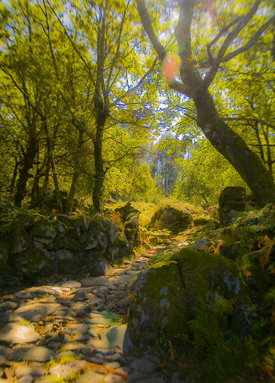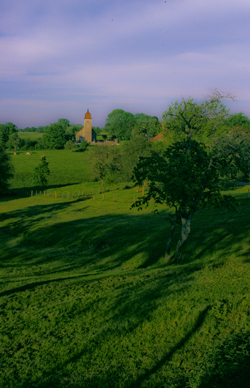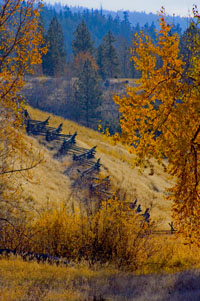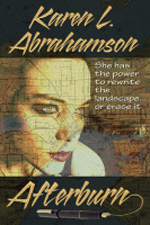Boundaries and Goals: The straight edge of the map

I just read a great post by my friend and fellow writer, Matthew Buchman. Matt wrote about goal setting and why he always sets hugely high goals, and how he (usually) berates himself for not reaching those goals instead of celebrating the numerous accomplishments his goals have helped him achieve. He also wrote about how he intends to continue set superhuman goals, because it keeps him going, pursuing the dreams he has for his writing. This got me thinking about goals and maps, because what is a goal, anyway, but a map of where you are trying to go? You set your goals farther and you’ll probably go farther. You set easy to accomplish goals and you might not reach the brass ring you really wanted to achieve.
This made me think about the boundaries we place around our lives and how the mapmakers of North America have perhaps influenced how we think. I’m talking about the surveyors who first set boundaries across the landscape. At first, North American surveyors took a metes and bounds approach to surveying, much the same as is used in England. A metes and bounds description might be something like, Beginning at the cherry tree growing where Hazy Creek joins the Swift River, north along Swift River 200 rods to the stone wall next to Cascade bridge bordering the road, then West along the road to a lightning-struck maple at the corner of Christopher Hopper’s place, thence, south toward Hazy Creek where a cairn has been set next to the ford, and thence eastward along Hazy Creek to the beginning place.

This approach to placing boundaries relative to the landscape, shifted with the survey of the Mason-Dixon line, to an approach dependent upon accurate readings of latitude, and on a process of taking horizontal measure with a chain and surveyors level and frequent (every 10 degrees or 17.5 kilometers) astronomical observations. They even made careful adjustments for the earth’s curvature.
Surveyors subsequent to Mason and Dixon used similar methods as they moved forward to comply with the Land Ordinance Act of 1785, which modified a proposal originally made by Thomas Jefferson, to use the principle of rectangular surveys, instead of the irregular metes and bounds, to partition the landscape. Congress envisioned a series of townships along the Ohio River and up to the great lakes and so on westward. As a result, teams of surveyors headed west with axemen chopping a line through the forest. Of course the Indians had other thoughts about the measuring of the land which they thought of theirs. But the surveyors kept coming and the trees fell as the surveys were made and the lands of America became something new: a checkerboard landscape of straight lines and right angles as exemplified by the four corner meeting if Utah, Colorado, New Mexico and Arizona and as seen on any map of America.

How does this relate to goals? Well all these straight lines got me wondering if setting too-clear boundaries might also set boundaries in our minds. It got me wondering if Matt’s ideas of setting goals that almost surely surpass our abilities (read boundaries) might actually make us reach farther.
With that in mind, I’ve modified my annual writing goals as follows:
Original:
- Write 30 pages a week
- Write four novels (or three if one is a fat fantasy)
- Post one blog a week
- Publish at least one new short story and three novels
- Work on craft of openings and voice
Revised writing goals:
- Write 30 pages a week
- Write four novels (or three if one is a fat fantasy)
- Post one blog a week
- Publish 25 items (Novels and short stories) in 2012
- Work on craft of openings and voice.

The thought of publishing 25 items fills me with fear because it means I have to write those stories or novels. I knew I could accomplish the 3-4 novels, but I don’t know if I can accomplish this. So I’ve stretched beyond those neat little borders I set for myself. I’m back into the wild spaces marked by metes and bounds. And you know what? If you fly over all those neatly surveyed spaces, you’ll find that fence lines and roads and buildings generally follow more natural paths anyway. So here’s to breaking boundaries and going to those new places nature takes us.












